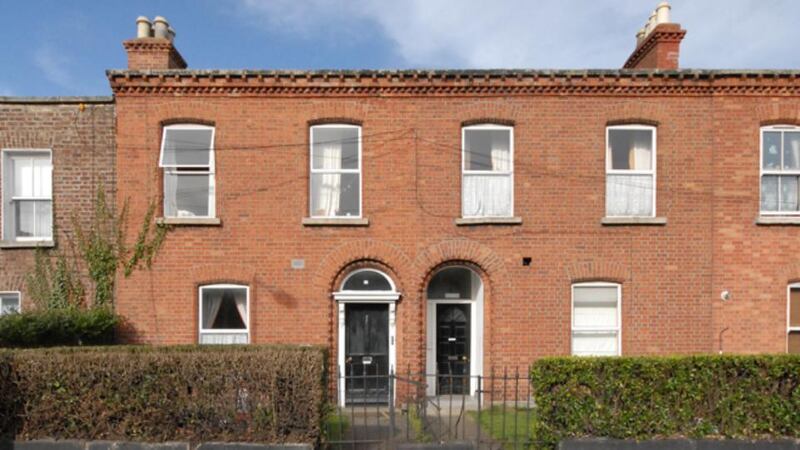There are 38 flats in the five large pre-1963 investment properties currently being marketed by our office. A few months ago, there were 55 people living in these houses. When the sales are completed, we will count a single couple in each of them.
It’s an example of the unprecedented number of flats being lost to the rental market as home buyers muscle in on investors’ turf, scooping up an ever-increasing number of houses for family use.
The term “pre ’63” – you’ll see it in advertisements for such properties – refers to a property, usually a large period redbrick – that was divided into multiple flats or bedsits prior to the introduction of the Local Government Planning and Development Act of 1963.

The sector lost hundreds of units during the Tiger years as the redbrick became the city home of choice and buyers were only too eager to buy a run-down pre ’63 property and throw a quarter of a million euro at it. Something similar is happening now, albeit on a more restrained basis, as purchasers are again considering large buy-and-refurbish projects rather than waiting for something readymade to come their way.
‘Sweat equity’
Quite a few bargains have been bagged by savvy purchasers who’ve been scouting this sector for the past few years and those with a reliable builder have a distinct advantage.
The so called “sweat equity”, where a buyer can build substantial equity in a property by buying a fixer-upper and refurbishing it, has been a feature of the Dublin market for the past few years and it’s the pre’63 stock that has produced most of the raw material. In most cases, prices were a full 15 per cent less than family homes in similar condition in the same area.
And this is still largely the case but the differential has now shrunk closer to 10 per cent as a result of some buoyant investor activity over the past 12 months caused mainly by the expiry of the CGT incentive. Many of these recent purchasers have seen their loan-to-value ratio tumble towards a quite manageable 50 per cent as rising values deliver further equity advantage.
These projects are set to continue for some time, given buyer demand and the sizeable number of pre ’63 houses that make their way to the market each month. Investors will compete more aggressively for the larger Georgian pre ’63s which are considered too big for family-home use, but many of the smaller three- to five -unit houses which offer only modest rental yields will inevitably end up as family homes.
Renters
Welcome as these opportunities may be to the hundreds of waiting purchasers, each multi-unit house bought and converted to family use, an average of six affordable units are lost to the city’s rental market. When we consider the volume of conversions that have taken place over the past 15 years, you quickly get a sense that a great swathe of accommodation has been taken out of the rental market, particularly at the lower end where it is most needed.
It would make little difference, if alternative accommodation was available, but with the scarcity of local authority housing, many of our older and more vulnerable social welfare tenants are often left to fend for themselves, sometimes with disastrous consequences.
Government action in February 2013 resulting in an outright ban on bedsits sharing bathroom facilities has further contributed to the problem. The ban had the effect of bringing significant numbers of non-compliant pre ’63 houses to the market as ageing landlords chose to sell rather than upgrade to the new standard.
Many landlords now question the wisdom in implementing a measure that slashed hundreds of affordable units from an already diminishing stock, at a time when demand for city accommodation was already on the up.
The emphasis should now focus on the retention of the remaining stock of flats, especially those in the larger three-storey over basement buildings which are too large for conversion to typical family homes. This type of accommodation must be recognised as an essential element of the overall rental stock and, on account of recurring repair costs associated with such older buildings, landlords should be incentivised to upgrade them to acceptable modern day standards.
The home renovation scheme – extended to rental property in Budget 2015 is far too limited to provide any measurable incentive for the pre ’63 landlord. The extension of the Living City Initiative, designed to attract more people to live in certain city-centre areas, is only available to owner occupiers and is restricted to specific houses within the city.
The correct approach might take the form of a capital allowance that would be restricted to the repair and refurbishment of some of the more critical elements of older buildings, such as roof, heating and windows. Such a scheme would not only help maintain our pre ’63 stock, it would also create more spending, employment and taxation and perhaps more regard for those charged with responsibility for overseeing the entire rental sector.
Coleman Connor is a chartered surveyor and a director of O’Connor Shannon estate agents.











